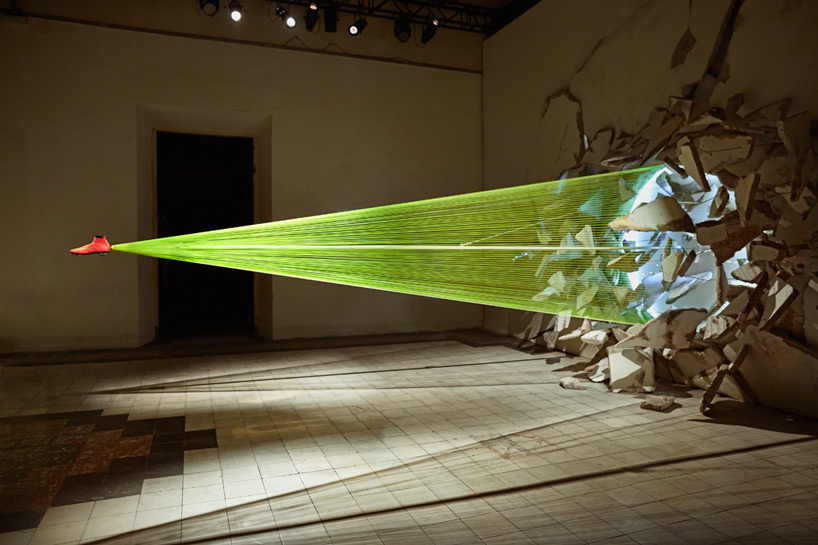


An example is the metallic quality in the air at Burt’s funeral scene that was made from church bells pealing. I used this to create tonal atmospheric effects for We Own the Night from pieces of emotionally resonant sound. When used as input to a convolution reverb plug-in, the output is an endlessly varying clone of the IR, it’s uncanny. White noise is a random audio signal with equal power at all frequencies. Finally I tried white noise as the input signal…Voilà! I played with using pink noise as the input, but the results were duller than the IR. What I got was the parts of the input sound effects that overlapped in frequency with the IR. I wasn’t getting a magical hybrid sound as I’d hoped. Experimenting with Altiverb using different short clips of sound effects and music as IRs, and with different sound effects as input, I was disappointed to find that convolving any input sound with an IR made from a sound with a steady level (rather than using the typical impulse with its rapid decay) came out sounding more like the IR than the input sound. I stumbled upon this air generation technique when I was working on sound design for We Own the Night in early 2007. You can think of convolution as a kind of filter, whose bandpass curve is defined by the IR. This timbre transference is an almost magical power of convolution and is little appreciated. But convolution also will transfer the EQ and timbre of a sound used as an IR onto the input sound. Convolution is usually used to transfer temporal effects like reverberation onto the input sounds. An IR is a snapshot of a sonic transformation. Each of the input samples is convolved to sound as if it were re-recorded in that space. It makes a great reverb when used with an IR that’s a recording of a loud click in a space. Convolution works by calculating new samples from the input using all the samples of the IR for each sample of the input. The technique is relatively simple, and Altiverb 7 is the ideal tool for this procedure, although any convolution reverb plug-in should work for this purpose.įirst, a little theory: Convolution is a mathematical operation on two sounds: a short Impulse Response (IR) seed sound and a continuous input signal, producing a third sound that is the overlap or intersection between the IR and the input. I discovered this obscure feature as a side effect of playing with sound design uses of Altiverb.
Air creative collection installer pt10 how to#
My article describes how to use a convolution reverb to create unlimited air fill for dialog editors. Meanwhile, there is another way to “create room-tone to fill editing gaps” which only requires a convolution reverb plug-in many of us already own.

I am looking forward to trying UNFILTER for this and its many other promising features.
Air creative collection installer pt10 pro#
Then I read Shaun Farley’s tweet on the subject and saw that it was quickly followed up by Mike Thornton’s Pro Tools Expert YouTube video: Using Zynaptiq’s UNFILTER Plug-in To Create Room Tone From Pink Noise. Or you can create roomtone to fill editing gaps, by applying a measured filter response to noise. You can also apply the measured filter response from one recording to another – placing the two in the same acoustic “world”. I was inspired to finish this write-up after reading the feature list of the new Zynaptiq UNFILTER plugin.


 0 kommentar(er)
0 kommentar(er)
